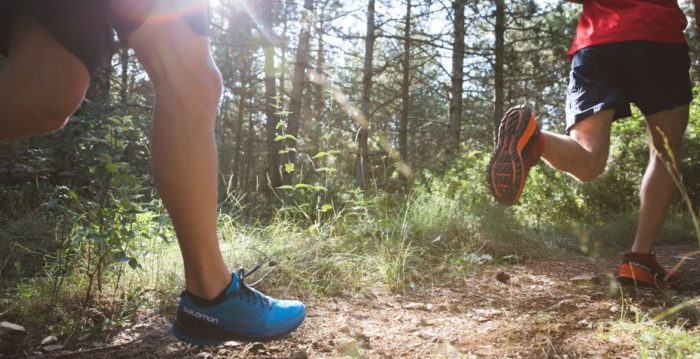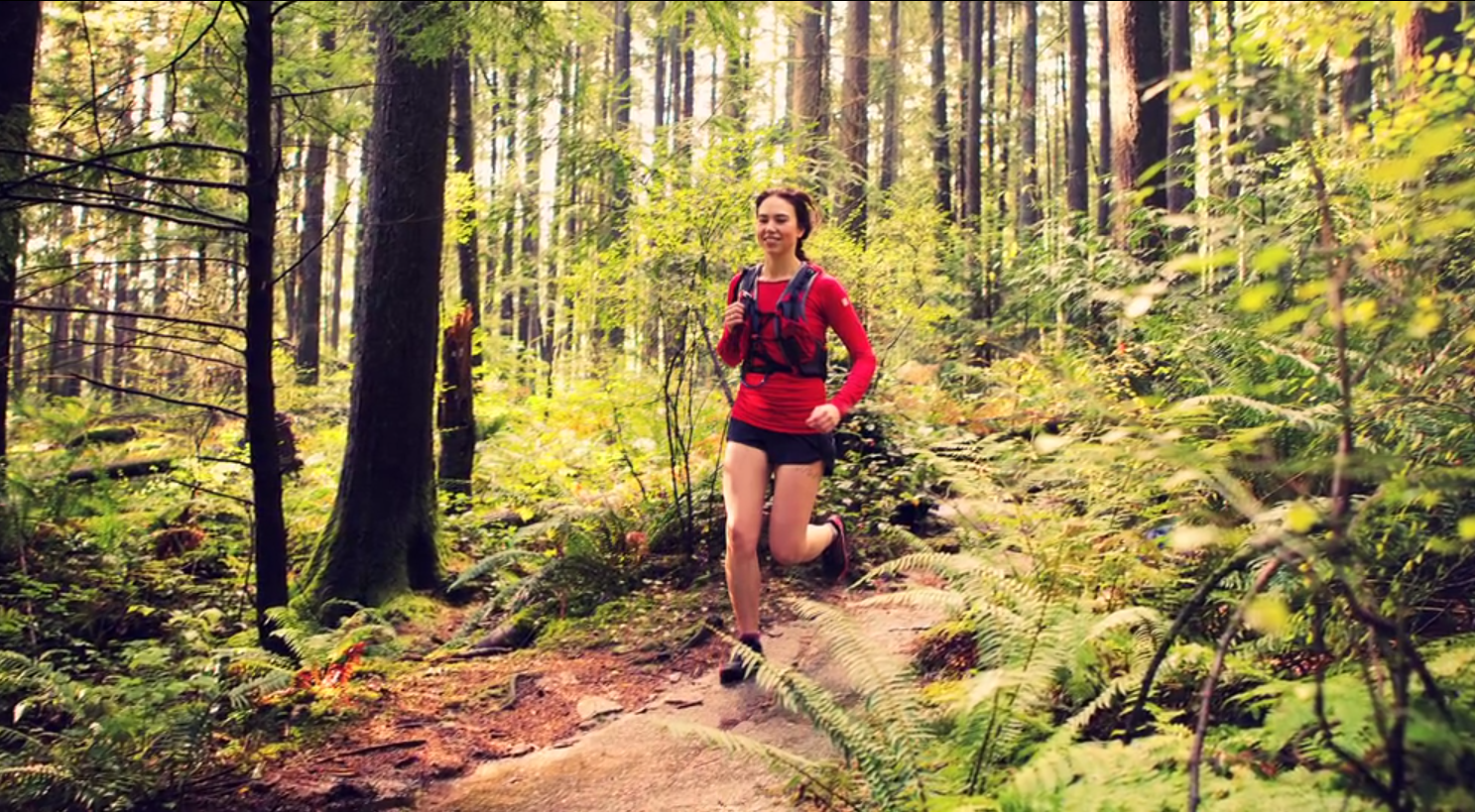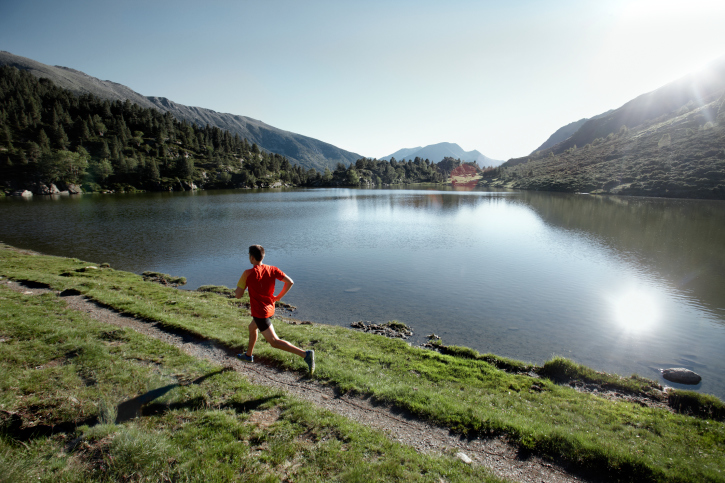Study says trail running doesn’t decrease your risk for injuries
Running on softer surfaces is just as hard on your body as running on pavement

A lot of runners like to take their runs to the trails, believing that the softer surface is easier on their bodies and can therefore reduce their risk for injuries. Recently a group of researchers compared the shock-absorbing forces on dirt and gravel with paved surfaces and found that while there are plenty of benefits to trail running, reducing injury risk isn’t one of them.

The study
The study, published in the Journal of Science and Medicine in Sport, had 15 recreational runners (12 females and three males) run over dirt, gravel and paved surfaces in a trail environment with accelerometers attached to their shins and heads. The researchers then compared the differences between the movements and shock attenuation of the runners’ tibias (the larger of the two shin bones) as they ran on the different surfaces.
While it may come as a surprise to many runners, the researchers saw no significant differences between surface types, leading them to conclude that running on dirt and gravel surfaces does not decrease your risk for injuries. “While runners are encouraged to enjoy the psychological benefits of trail running, trail surfaces do not appear to reduce loading forces associated with running-related injuries,” they say in their closing statements.
The benefits of trail running

As the researchers said, these findings don’t mean that you should throw your trail shoes in the trash. There are plenty of other benefits to hitting the trails beyond having a softer surface to run on, including the psychological benefits of spending time in nature. Trail running can also break up the monotony of road running, and more technical terrain can challenge your body in different ways, which can improve your overall running fitness. Going for a trail run on your easy run day is also a great way to force yourself to slow down, since the uneven footing and undulating terrain make it difficult to run fast.
Of course, this study is not meant to discourage anyone from trail running, but if you like to take your runs off the roads, you are still at risk for injuries, and should continue to include injury-prevention practices in your training, like regular stretching, mobility work and foam rolling.


